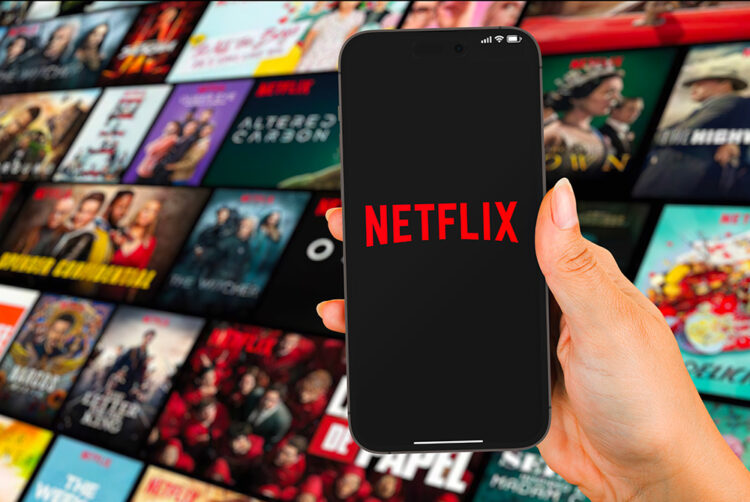Netflix password-sharing crackdown a ‘success’

Analysis
Netflix’s password-sharing crackdown has resulted in a 10 percentage point increase in paying subscribers (from 60% to 70% of total Netflix users) in the UK.
That is according to new research from media market research company MTM, which also found that despite the strong numbers, a majority (60%) of Netflix users surveyed said they were experiencing “content fatigue”.
In an interview with The Media Leader at last week’s Connected TV World Summit, Rob Collier, MTM’s head of strategy, said the data showed Netflix’s password-sharing crackdown had been a success.
“The number of people who are sharing passwords is reducing, but crucially the number of people who are subscribing to Netflix in the UK is going up,” he explained.
It would suggest that, instead of abstaining from the platform, those who had previously accessed Netflix’s content via other people’s accounts are preferring to pay.
Will other streamers follow suit?
Other streaming companies have also signalled an interest in reducing password-sharing.
Warner Bros Discovery said earlier this month that it would begin cracking down on sharing for Max in late 2024 into 2025. Disney, meanwhile, has said it will do the same for Disney+ beginning in the summer. The companies have also said they are considered offering paid sharing options, similar to Netflix.
JB Perrette, Warner Bros Discovery’s president and CEO for global streaming and games, cited Netflix’s move as providing a model for how to roll out a crackdown, given it was “implemented extremely successfully”.
But Collier is not convinced password-sharing crackdowns will work out as well for Netflix’s competitors.
“I think it’s a tough one. Obviously, all of the operators would like to maximise their subscription revenue and this is one way,” he said. “But equally, Netflix did take quite a cautious approach to market and I’m sure internally it was quite progressive. You know, a bit of messaging, soft nudges in the UI and then slowly turning the screw on people who are sharing with lots of people.
“It’s a success for Netflix, so they’ve shown that it can be done. But at the same time, we see that Netflix has a really strong content proposition, is a really popular service, awareness is really high, it’s the biggest operator in the market. It’d be quite difficult for smaller operators to follow in those footsteps.”
Churn concerns
That is especially true because of the already-high likelihood for churn among streaming service users. According to MTM’s survey, 12.5% were comfortable with subscribing to and unsubscribing from subscription VOD services on a short-term basis, known as subscription-cycling or toggle behaviour.
While Netflix’s users report being fatigued with its large content library of nearly 8,000 titles, smaller content libraries are more susceptible to churn, according to MTM. The researchers singled out Apple TV+ as one example with a smaller library (fewer than 500 titles) that is more likely to fall victim to subscription-cycling behaviour.
For example, 26% of Apple TV+ users and lapsed users reported they had subscription-cycled the service in the past six months, while 34% of current users said they were “very likely” to cancel their subscription in the next six months.
This often occurs because viewers are attracted to subscribe by prestige original series, such as Ted Lasso or Severance, but then unsubscribe upon completing the shows because competitors have larger libraries.
If services with comparable churn concerns crack down on password-sharing, they may be less likely to pick up as many subscribers as Netflix.
Declining interest
This is further complicated by trends showing a general decline in interest towards streaming services among younger demographics.
Among 16- to 34-year-olds in MTM’s survey, there was a 13% drop in those looking to subscription VOD services first when looking to watch something compared with Q2 2022.
Instead, the report found that this cohort is first opting to check live TV and broadcast VOD, such as BBC iPlayer and ITVX, in higher numbers.
From good free content to toggle behaviour: Behind the UK’s SVOD decline



